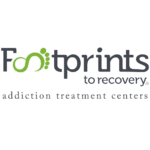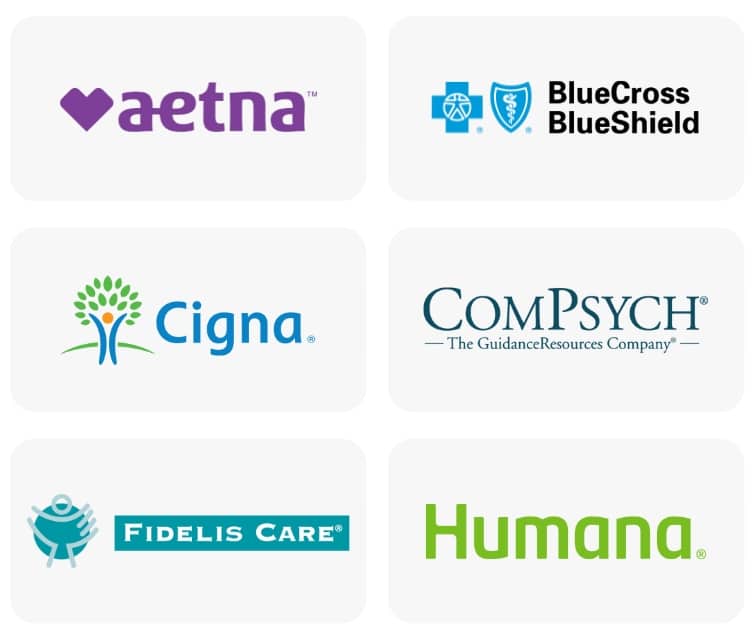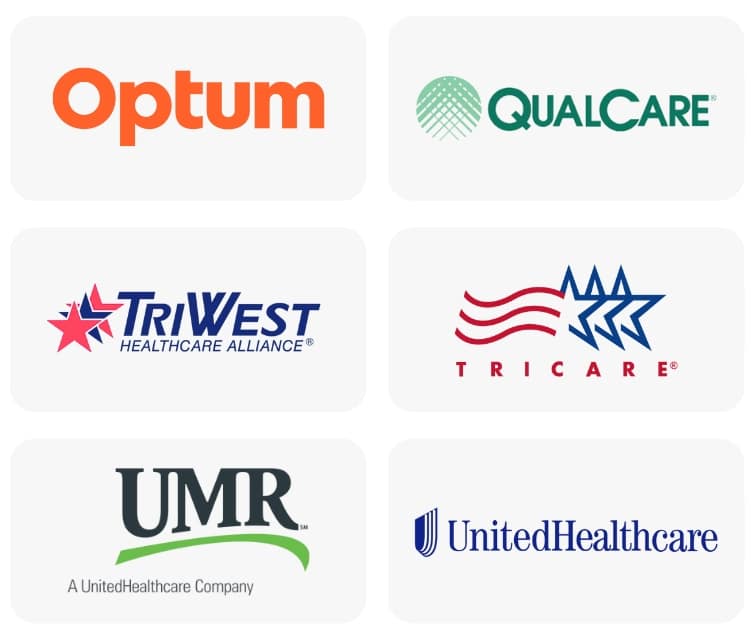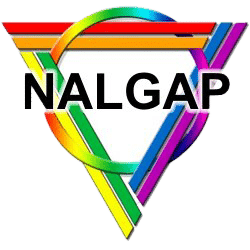Residential rehab is an intensive treatment where individuals stay in a facility for 24 hours a day. It typically lasts 21 days to several months. As the most intensive form of substance abuse treatment, residential rehab is most successful in helping those with severe or long-term addictions. Facilities typically offer group counseling, individual counseling, case management support, family therapy, and other treatment plans.
What Is Inpatient Rehab Like?
The first week of addiction treatment in a residential facility like Footprints to Recovery usually consists of a detox period. This ensures drugs and/or alcohol are out of your system so you can enter treatment no longer influenced by their effects. Detox can often be difficult or dangerous.
At a treatment center, professional addiction treatment counselors oversee medical detox so you have support and care throughout the process. These experts help manage withdrawal symptoms, watch your vital signs, offer emotional support, and administer medication. How intense detox is and how long it lasts depends on factors like what substances you abused and for how long. Co-occurring mental health disorders can also affect the severity and duration of withdrawal symptoms. The staff at Footprints to Recovery focus on establishing a safe place for controlling cravings and managing withdrawal symptoms.
After medical detox, inpatient rehab is very structured and filled with activities and therapies. This eliminates boredom and downtime, which may tempt you to relapse. Planning the day distracts you from cravings and teaches you how to live differently. According to the National Institute on Drug Abuse (NIDA), a combination of addiction counseling, therapy, and medication are effective ways to treat and heal people both during rehab and after.
A Typical Day in Inpatient Treatment
Each inpatient program varies, but a typical day usually looks like the following:
- Morning: You’ll rise early and have a healthy breakfast. Some facilities offer morning programs such as yoga and meditation. These activities can help you learn how to manage stress and cravings in a healthy way, while also promoting relaxation and self-discovery.
- Late morning: After these activities, treatment may incorporate different forms of therapy that teach you to anticipate problems and enhance self-control through effective coping strategies. During the day, you may attend group therapy sessions or one-on-one counseling with a trained therapist.
- Afternoon: Following lunch, there may be some free time for activities such as art therapy or exercise. These activities can help reduce stress and promote relaxation while also providing a healthy outlet for emotions.
- Early evening: You may participate in educational workshops and classes that focus on relapse prevention and life skills. These are designed to equip you with the tools necessary to maintain sobriety once treatment is complete.
- Mid-evening: Before heading to bed, people often attend support group meetings, such as Alcoholics Anonymous (AA) or Narcotics Anonymous (NA). Here, you can connect with others who understand your struggles and share experiences. These groups provide a sense of community and accountability, which is crucial for long-term sobriety.
- Late evening: You’ll have opportunities to engage socially and be a part of sober recreation, like karaoke, art, video games, movie nights, fitness, yoga, meditation, journaling, or praying. These activities can help fill the void left by substance abuse, and provide a healthy outlet for stress and emotions.
Inpatient Rehab Services
Overall, attending an inpatient rehab facility provides a structured environment where you can focus solely on your recovery without the distractions of everyday life. It offers a variety of resources and support systems to help you navigate challenges and build a strong foundation for a sober future.
Some common inpatient rehab services include:
- Individual Therapy
- Group therapy
- Family therapy
- Expressive and experiential therapies
- Holistic Treatments
- Case Management
- Psychiatric Medication Management
- Medication Assisted Treatment
- 12-Step Model Support/Recovery Groups
As you can see, there are many different avenues for seeking help and support when it comes to managing mental health concerns. The most important thing is finding what works best for you as an individual and being open and willing to seek help when needed. Remember, you are not alone in this journey and there is always hope for a brighter tomorrow.
Individual Therapy
In individual therapy clients and their primary therapists collaborate with each other to address specific issues arising from substance abuse and mental illness using techniques from cognitive behavioral therapy (CBT) and other evidence-based practices.
Group Therapy
Group therapy is an important and highly effective treatment for addiction issues. It involves mediator-led meetings with others who share your desire to get sober. Meetings are safe and supportive settings where everyone collaborates on how to handle addiction and the issues in life that come with it. Group therapy can help you develop better communication skills and allow you to see that you aren’t the only one who struggles with drugs or alcohol. A sense of community support creates a place where you can feel open and vulnerable as you work towards sobriety.
Family Therapy
Family therapy is an important aspect of addiction treatment, as the support and involvement of loved ones can greatly impact a person’s recovery. In family therapy sessions, the focus is placed on improving communication and relationships within the family unit.
Oftentimes, addiction can strain relationships and cause conflicts among family members. Family therapy provides a safe space for all members to express their feelings and concerns, while also learning healthy coping mechanisms for dealing with addiction.
Expressive and Experiential Therapies
Expressive and experiential therapies, such as art therapy, music therapy, and equine-assisted therapy, can also play a crucial role in addiction treatment. These therapies allow individuals to express themselves and explore their emotions in non-verbal ways. This can be especially helpful for those who struggle with verbal communication or have difficulty expressing their thoughts and feelings.
Holistic Treatments
Holistic services include yoga, meditation, and nutritional counseling,, among others. Such practices aim to promote overall wellness and address underlying issues that contribute to mental health struggles. Holistic treatments can be used in conjunction with other traditional therapies, such as medication and counseling, to provide a comprehensive approach to addiction recovery.
Case Management
In residential addiction treatment you’ll be assigned a case manager. Your case manager is part of your system of support during your time at a recovery facility. They’ll also be there for you in the future when you feel like you need help to prevent a relapse or negative decision making. Your meetings may entail creating a treatment plan, connecting you to a provider, and keeping track of your progress.
Medication Assisted Treatment
Medication, such as methadone, can help treat addictions. The medications should only be used under the supervision of an addiction treatment professional. When taken in a supervised setting, medications can:
- Help reduce cravings for drugs or alcohol
- Reduce the risk of relapse
- Aid in recovery long term
It is important to understand that these medications do not cure addiction. They are most-effective in addiction recovery when used alongside counseling and other forms of behavioral therapy.
Psychiatric Medication Management
For some individuals, medication may be necessary to manage symptoms of mental illness. A trained psychiatrist or medical professional can work closely with clients to find the right medication regimen for their specific needs. This process is known as psychiatric medication management. It involves regularly evaluating the effectiveness of the medication, monitoring for any potential side effects, and making adjustments as needed.
12-Step Model Support/Recovery Groups
The 12-step model offers a free, peer-based treatment program for those with drug use disorders. Participants adhere to a set of instructions to refrain from using their preferred substances. Each step is a guiding principle that helps someone avoid triggers, cope with stress, and stay sober even when life gets difficult. The 12-step model involves regular group meetings, which help create a sense of safety, inclusion, and community among attendees. Examples of 12-step recovery groups include:
- Alcoholics Anonymous (AA)
- Narcotics Anonymous (NA)
These types of programs are often used during aftercare following residential rehab. Aftercare is an ongoing form of addiction treatment for those who have completed their inpatient and/or outpatient treatment programs. Aftercare offers support and care post-rehab so you can remain on a path to sober living.
Pros and Cons of Residential Addiction Treatment
It is important to take the pros and cons of residential addiction treatment into consideration before you commit to a level of care. There are benefits and drawbacks to this treatment path, and it may not be the correct process for everyone.
Here are some important pros and cons to consider when deciding if residential treatment is right for you.
Pros of residential rehab include:
- 24-hour medical and emotional support
- Medical support during withdrawal symptoms
- None of the distractions or temptations of everyday life
- Flexible program lengths
- Structured programming
- Nutritional support
- Forming new healthy habits
- Sense of community
- Establishing healthy boundaries
Cons of residential rehab include:
- More expensive
- Disruptive to everyday life
- Limited access to social circle support
All the items listed in the pros section are important reasons why you should consider residential rehab over a 12-step program or trying to quit alcohol or drugs at home. The outstanding level of care provided; access to skills development; and the opportunity to turn your life around in a distraction-free, safe environment should be reasons to consider getting help from a professional recovery program. Trying to get sober on your own can be difficult, frustrating, and ineffective. For many, attending occasional meetings isn’t enough to get a grip on their addiction problems. Residential rehab is the more effective treatment for those in search of a sober future.
What Are Other Types of Rehab Like?
Residential rehab is just one type of addiction treatment offered by a treatment facility like Footprints to Recovery. There are other, less intense treatment programs that allow more flexibility with your recovery. Some of them include:
- Partial hospitalization program (PHP) – Clients spend their day at the facility participating in group and individual therapies but return home at night.
- Intensive outpatient program (IOP) – Clients visit the facility a few times a week for several hours doing group and individual counseling sessions.
How Long Is a Typical Inpatient Drug Rehab Program?
Each patient’s stay differs in length. It can last anywhere from 90 to 180 days. Naturally, this depends on your unique treatment approach and factors such as:
- What substances you abused
- How long you abused substances
- If you suffer from any co-occurring mental health disorders
The team of addiction treatment professionals at Footprints to Recovery are able to assess your situation and offer a path to sobriety that fits your needs.
Can You Quit a Residential Treatment Program?
Inpatient drug rehab centers do not usually allow their patients to leave. If you are in danger or putting someone else in danger because of your addiction problems, then it’s important that you remain at the treatment facility to get better. However, situations change, and everyone is different. Some inpatient drug rehab centers do provide court appearances or supervised excursions for their clients.
What to Look for When Choosing a Residential Rehab Facility
- Credentials and reviews: Always seek care from qualified, experienced specialists.
- Follow-up support: The best treatments are less helpful if they do not transition people to continued care.
- Treatment approach: The treatment center should use a wide variety of scientifically proven therapies. These therapies should address the complete person rather than just the addiction.
- Comfort: Clients might devote more energy to their treatment if they feel peaceful in their surroundings. During the initial visit, make sure the accommodations are pleasant and the staff is kind and open.
Residential rehab at Footprints to Recovery can be essential to recovery from a drug or alcohol addiction. Our top focus is offering you the support you require in your struggle with drug and alcohol addiction. No matter which treatment you choose, we don’t believe you should live with addiction for another day. If you or a loved one are struggling with a drug use disorder or mental health problem, help is available. To find out more about our treatment programs or for an insurance verification, contact us today.
- Principles of Drug Addiction Treatment: A Research-Based Guide (Third Edition)
- Drug Rehab Success Rates and Statistics
- Drug Overdose Deaths: Facts and Figures | National Institute on Drug Abuse (NIDA)
- Drugs, Brains, and Behavior: The Science of Addiction Treatment and Recovery
- Key Substance Use and Mental Health Indicators in the United States: Results from the 2020 National Survey on Drug Use and Health
